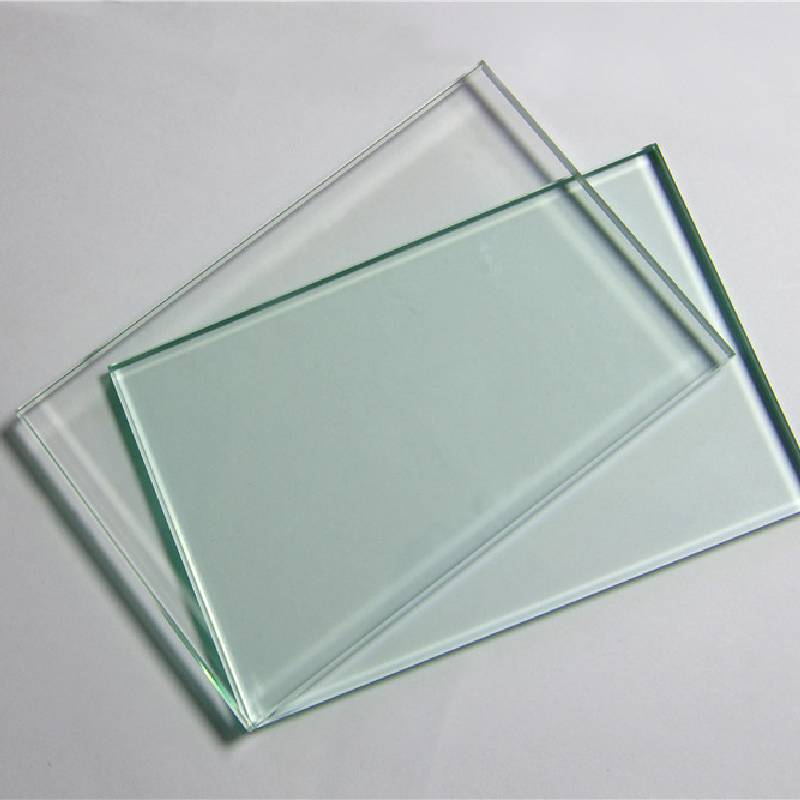

The Enchantment of Silver Gilt Mirrors A Glimpse into History and Craftsmanship
Silver gilt mirrors represent a unique intersection of artistry and functionality, capturing the essence of their historical context while serving as exquisite decorative objects. The term silver gilt refers to a process where a thin layer of gold is applied to a silver surface, creating a shimmering effect that enhances the beauty of the item. When combined with the reflective nature of mirrors, this technique transforms them into stunning works of art, rich in both visual appeal and historical significance.
Throughout history, mirrors have held a special place in societies around the world. They were often regarded not merely as tools for reflection but as symbols of vanity, self-awareness, and even the passage of time. The earliest mirrors, made from polished stone or metal, date back to ancient civilizations such as the Egyptians, Greeks, and Romans. However, it was during the Renaissance period that the art of mirror-making flourished, particularly in Europe. This era saw the advent of new technologies and materials that allowed artists and craftsmen to produce more intricate and beautiful designs.
Silver gilt mirrors became particularly popular during the Baroque and Rococo periods. The opulence of these styles demanded mirrors that could reflect grandeur and sophistication. Silver gilt, with its warm golden hue, was the perfect choice for such elaborate furnishings. Craftsmen would delicately coat silver with gold, creating intricate patterns and motifs that would catch the light in mesmerizing ways. These mirrors often featured ornate frames, embellished with floral designs, cherubs, and other decorative elements, further enhancing their splendor.

The allure of silver gilt mirrors extends beyond their aesthetic qualities; they also serve as historical artifacts that reflect the cultures and societies of their time. For instance, during the 17th and 18th centuries in Europe, these mirrors were commonly found in the homes of the aristocracy. They were often used in grand salons and ballrooms, where their shimmering surfaces not only added to the opulence of the surroundings but also allowed for the creation of an illusion of space. By reflecting light and amplifying the interior's grandeur, they played a significant role in the theatricality of aristocratic life.
Moreover, silver gilt mirrors have been associated with various social customs and rituals. In many cultures, mirrors are seen as conduits between the physical and spiritual realms. Their presence in homes was often considered a means of warding off negative energy or bad spirits. In this context, the luxurious nature of silver gilt mirrors provided not only a decorative function but also an element of protection for those who possessed them.
In contemporary times, silver gilt mirrors continue to enchant collectors and decorators alike. Their historical significance and timeless beauty make them valuable additions to both modern and traditional interiors. Artisan craftsmanship has experienced a resurgence, with skilled artisans recreating these elegant pieces using traditional techniques, ensuring that the legacy of silver gilt mirrors endures.
In conclusion, silver gilt mirrors are more than just reflective surfaces; they are rich with history, artistry, and cultural significance. Their shimmering elegance and intricate designs invite us to explore the past while enhancing our present environments. Whether displayed in a lavish mansion or a cozy home, these magnificent mirrors embody a sense of opulence and sophistication that transcends time, reminding us of the beauty and intricacy of human craftsmanship.